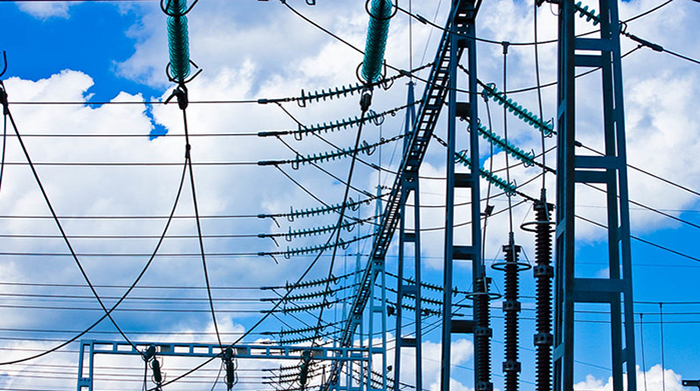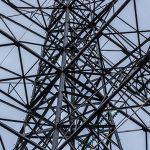US Energy Infrastructure Graded at a D+

Image courtesy of Jan Krutisch under Attribution-ShareAlike 2.0 Generic Deed, resized to 700 x 391 pixels.
The U.S. energy infrastructure currently earns a D+ grade according to the 2025 Infrastructure Report Card published by the American Society of Civil Engineers (ASCE). This is down from the C- grade given in 2021. This is unfortunate, because while it’s no secret that the nation’s infrastructure is suboptimal, I would not have expected it to get worse in just 4 short years.
Reasons Why the Energy Infrastructure Scored So Poorly
The ASCE report identified several reasons for the poor and declining grade:
- The ongoing transformer supply shortage
- An increase in weather volatility
- Strained transmission capacity and the possibility of capacity shortfalls across the U.S.
- The projected increase in demand stemming from future data centers, AI, and electric vehicle (EV) power requirements
- An increased reliance on electricity by consumers and businesses
The predicted increase in demand is a major concern. The report claims that EVs and data centers alone will demand 35 GW of power 5 years from now, up from 17 GW in recent years. The concern stems from the fact that it will be a challenge to increase capacity enough to meet this inflated demand, despite the fact that transmission investments increased by more than $5 billion from 2017-2022.
Luckily, the report did provide recommendations to improve the U.S. energy infrastructure grade going forward. These include executing federal policy changes to accelerate build outs, developing a national inventory of transformers that can be tapped into as needed, increasing grid-hardening efforts, and deploying advanced technologies to boost reliability and capacity.
In the final analysis, the current grade put forth in the report is unacceptable. Unfortunately, there’s only so much that individual utilities can do to improve the situation – some of the pain points are simply beyond their control while others require government intervention.
That said, there is clearly a part to play, as improving the state of the U.S. energy infrastructure will require a collaborative effort across the board.



